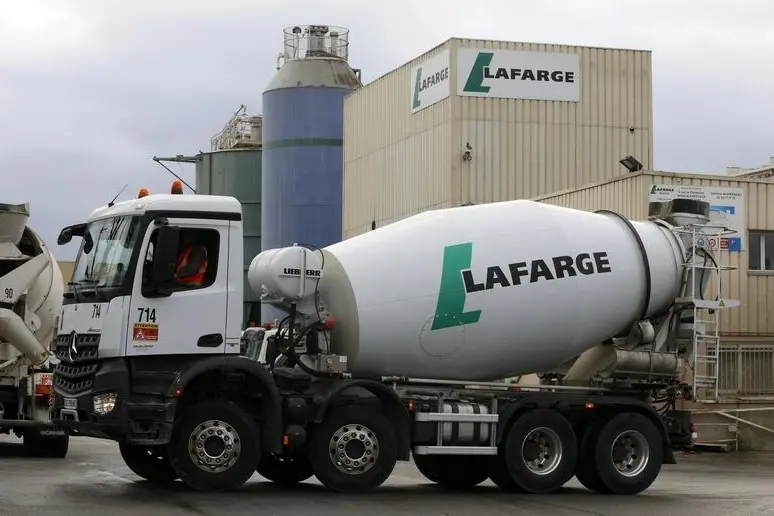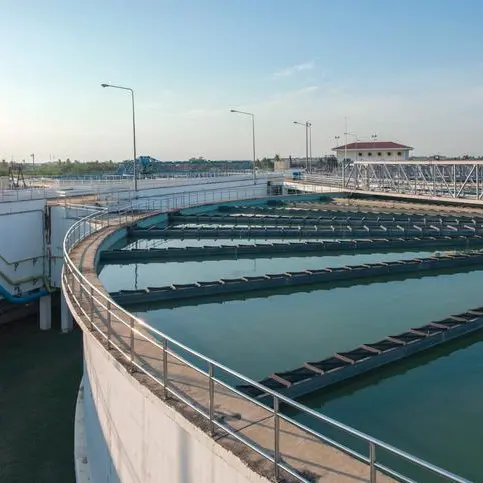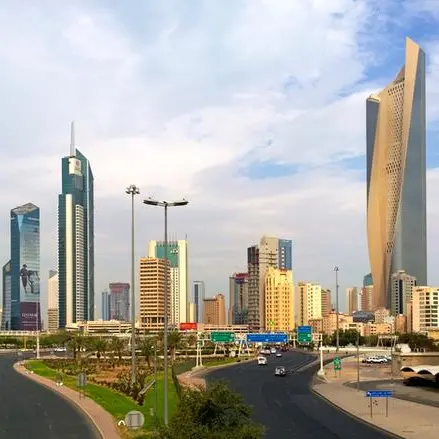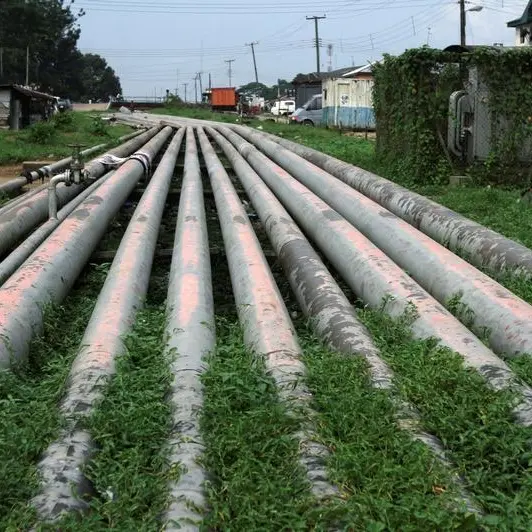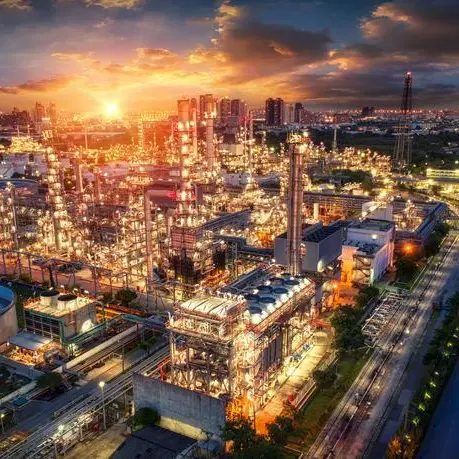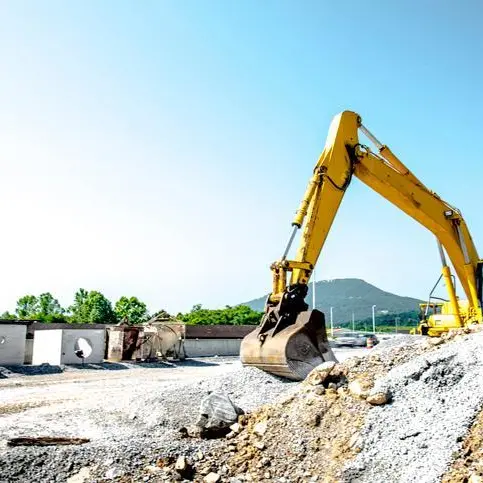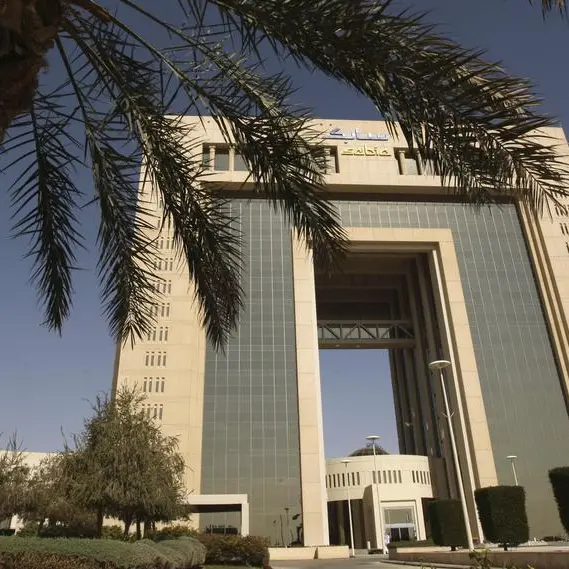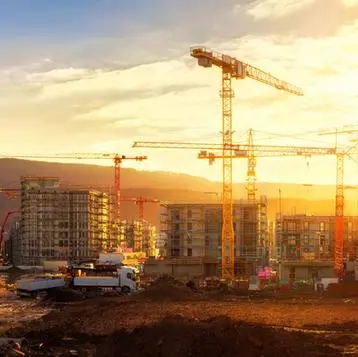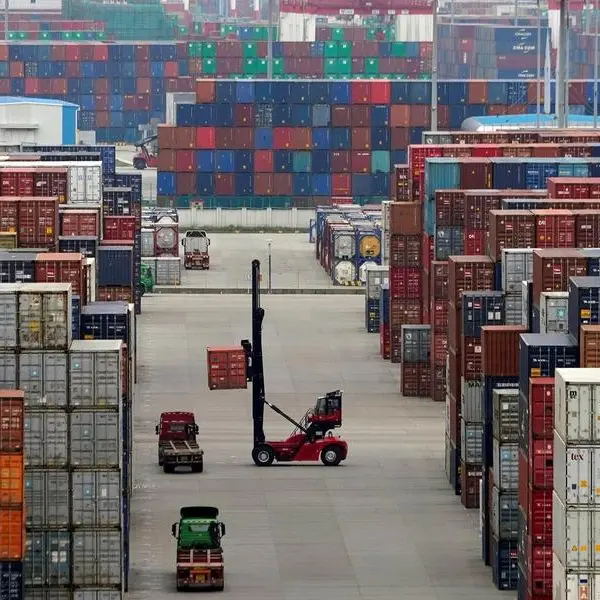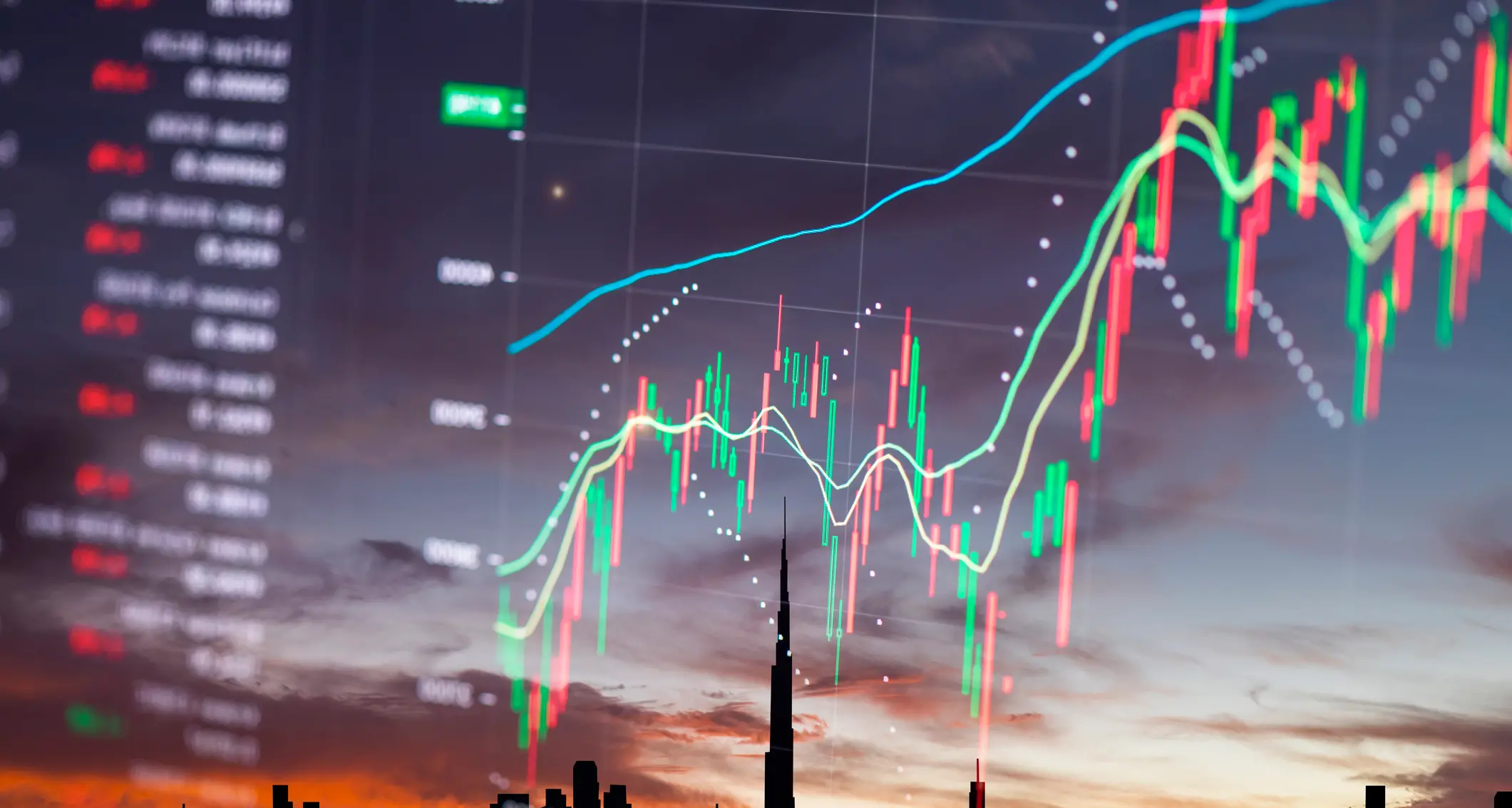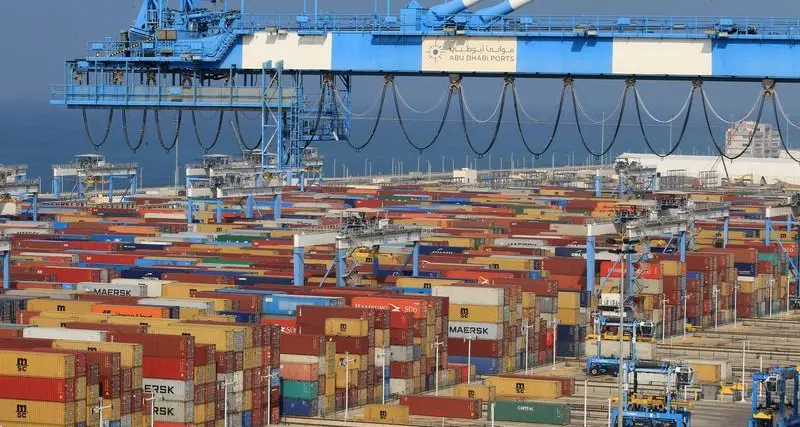PHOTO
Lafarge Egypt, a member of Switzerland-based Holcim Group, has set a target of 20 percent reduction in carbon emissions by 2030 aligned with parent company’s commitment to Science Based Targets initiative (SBTi) Business Ambition for 1.5°C.
Lafarge Egypt CEO Solomon Baumgartner-Aviles said the company will contribute to achieving Holcim’s SBTi goals by lowering CO2 emissions by more than 20 percent compared to baseline for 2018.
“At Lafarge Egypt, we believe in our responsibility to preserve the environment, adopting the main pillars of Egypt Vision 2030 of sustainable development and circular economy,” he said at an event on ‘Cement Industry and Sustainable Development’ organised in cooperation with Dcode Economic & Financial Consulting (EFC).
Lafarge Egypt operates one of the largest cement plants in the MENA region in Ain Sokhna with an annual capacity of 9.5 metric tonnes. The company’s annual ready-mix concrete production capacity stands at 2 million cubic metres while its bag manufacturing capacity is 200 million bags.
In September, Holcim had announced that SBTi has approved Holcim’s commitment to reduce scope 1 and scope 2 GHG emissions 21 percent per tonne of cementitious materials by 2030 from 2018 base year. With this target, Holcim also commits to reduce Scope 1 GHG emissions 17.5 percent per tonne of cementitious material and scope 2 GHG emissions 65 percent per tonne of cementitious materials within the same timeframe.
Baumgartner-Aviles noted that Holcim is the first global building materials company to sign the pledge with intermediate targets, validated by SBTi.
He said Lafarge Egypt has sought strategic alignment with Egypt’s 2030 Vision.
“We strive hard to use alternative fuel derived from waste, by-product and biomass, implement waste heat recovery in producing energy, in addition to using renewable energy sources to generate green power,” he said.
He also pointed out that Lafarge Egypt employs innovation to manufacture green products, such as Pozzolanic Cement, with lower clinker and CO2 emission, in addition to EcoPlanet and EcoPlanet Prime green cement, that utilise recycled slag and lower CO2 emissions by 50 percent and 60 percent respectively.
Baumgartner-Aviles called on the government to support local cement producers open new markets by lifting taxes on production inputs such as limestone, linking energy prices with global standards and securing its availability, reducing payback period for transport under export subsidy programme, and enhancing port infrastructure.
Delivering an overview of climate change and Egyptian economy, Mohamed Abdelaziz, Chairman and CEO, Dcode Economic & Financial Consulting (EFC) reviewed Egypt’s strategy and efforts to address climate change, along with cement industry’s challenges and actions.
Abdelaziz told Zawya Projects that the private sector should contribute to Egypt’s transition to a low carbon future, through research and development, utilisation of recycled materials and adoption of renewable energy sources.
Abdelaziz added that Dcode and Lafarge Egypt are working together to raise stakeholders’ awareness of the positive correlation between GDP and CO2 emissions and the responsibility of energy-intensive industries, like cement, in reducing carbon footprint.
(Reporting by Eman Hamed; Editing by Anoop Menon)
Disclaimer: This article is provided for informational purposes only. The content does not provide tax, legal or investment advice or opinion regarding the suitability, value or profitability of any particular security, portfolio or investment strategy. Read our full disclaimer policy here.
© ZAWYA 2021